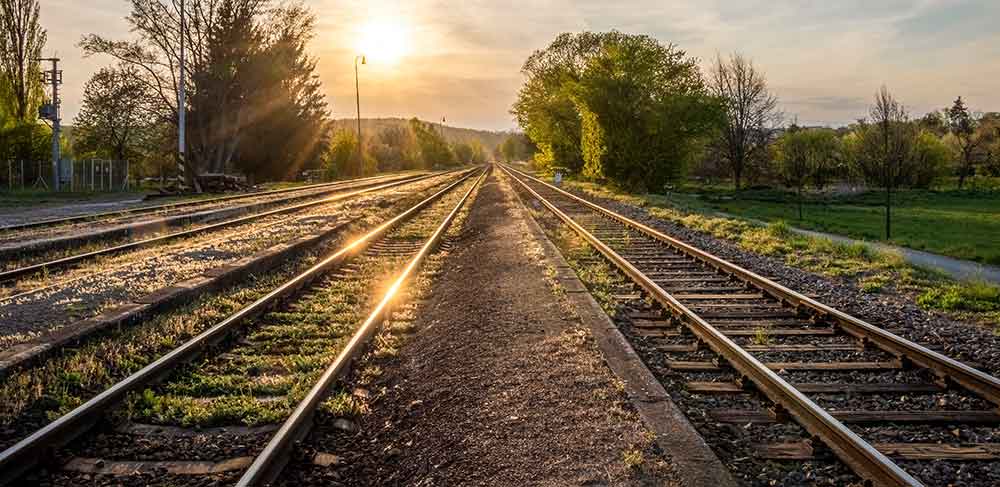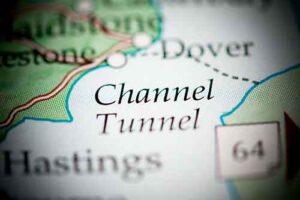Railways have played a vital role in transportation for over two centuries. They have undergone significant changes throughout history, blending traditional and modern engineering techniques. This article will explore the latest advancements shaping the future of rail transportation. Furthermore, it will examine how conventional and contemporary methods merge to create innovative solutions.
Revolutionizing Rail with Maglev Technology
One of the most talked-about innovations in recent railway engineering is Magnetic Levitation (Maglev) technology. Maglev trains hover above the track using powerful magnets, eliminating direct friction and allowing blistering speeds. The Shanghai Maglev, for instance, boasts a top speed of 431 km/h (268 mph), making it the world’s fastest commercial train. Projects in Japan and Germany are pushing this envelope even further, aiming to redefine intercity travel.
Digitalization and Intelligent Rail Systems
Like many other industries, the digital revolution is firmly rooted in railway engineering. Adopting sensors, advanced analytics, and Internet of Things (IoT) technologies enhances operational efficiency. These intelligent rail systems can predict maintenance needs, monitor real-time infrastructure health, and optimize traffic management. The result? Fewer delays, safer journeys, and a more responsive rail network.
Green Locomotion: Electrification and Beyond
With global conversations pivoting towards sustainability, the railway sector isn’t lagging. Electrification of tracks is reducing the reliance on diesel-powered trains, significantly decreasing carbon emissions. But that’s not all; research into hydrogen fuel cells as a potential power source for trains is gaining traction. In Germany, the Coradia iLint – the world’s first passenger train powered by hydrogen fuel cells – is already operational, emitting only water and steam.
Infrastructure Innovations: From Tunnels to Tracks
Engineering marvels in rail infrastructure are nothing new, but the scales and methods are ever-evolving. Take the Brenner Base Tunnel in Europe, for instance. Upon its completion, it will be the most extended underground rail connection in the world. Like many contemporary ones, this project leverages Tunnel Boring Machines (TBMs) for faster, safer, and more precise tunnel construction.
Moreover, track design itself is transforming. The focus is on creating more durable tracks, requiring penance and can speeds. Innovations in materials, such as high-performance concrete and advanced steel alloys, are instrumental in this evolution.
Enhanced Passenger Experience
The advancements in railway engineering are not just about speed or efficiency; passenger comfort and experience are also at the forefront. Modern train designs emphasize noise reduction, spacious interiors, and connectivity. Wi-Fi-enabled coaches, ergonomic seating, panoramic windows, and advanced infotainment systems are standard features in next-generation trains. This translates to journeys that aren’t just faster and more enjoyable for passengers.
Safety First: Advanced Monitoring and Control Systems
The safety of passengers and railway staff is paramount, and modern engineering makes trains safer. Advanced signaling systems like the European Train Control System (ETCS) minimize human error. At the same time, drones and remote sensors are used for track inspections, identifying potential issues long before they become critical. Automated braking systems and derailment detectors further bolster the safety profile of modern rail networks.
Riding into a Dynamic Future
Railway engineering, while rooted in a rich history, is accelerating into the future with unparalleled momentum. Whether it’s the breakneck speeds of Maglev trains, the eco-friendly promise of hydrogen propulsion, or the seamless integration of digital technologies, the rail industry is in the midst of a renaissance.
For passengers, this promises faster, safer, and more comfortable journeys. For nations, it signifies robust, efficient, and sustainable transportation networks that can bolster economic growth and connectivity.
Train journeys are being reimagined, and the next chapter promises to be thrilling.
The Channel Tunnel: A Marvel of Railway Engineering
Spanning beneath the English Channel’s waters, connecting Folkestone in the United Kingdom with Coquelles near Calais in northern France, the Channel Tunnel, popularly known as the “Chunnel,” stands as an unparalleled feat of railway engineering. Its construction is an achievement in civil engineering and a testament to the enduring human spirit’s quest to overcome natural barriers and foster connections.
A Dream Conceived Long Ago
The concept of a tunnel beneath the English Channel was not new. The idea had been toyed with since the early 19th century. Napoleon Bonaparte himself had envisioned a tunnel connecting France to England. However, the challenges – both political and technical – were monumental. It wasn’t until the late 20th century that technology, geopolitics, and economics aligned to make the dream a reality.
Overcoming Geological Challenges
The primary challenge faced by engineers was the Channel’s geology. The solution was found in the thick chalk marl layer, which was watertight and easy to bore. Tunnel boring machines (TBMs), some of the largest of their kind, were used to excavate this layer. These behemoths, measuring over 250 meters in length, methodically carved out the tunnel, with precision being paramount to ensure both ends met in the middle.
A Trio of Tunnels
The Channel Tunnel comprises three separate tunnels – two for rail traffic and a smaller service tunnel in between for maintenance and emergency evacuation. At its lowest point, the undersea tunnel reaches an exceptional depth of 75 meters below the sea bed. It is the most extensive undersea tunnel section worldwide. It has a total length of approximately 50.5 kilometers (31.4 miles), of which 37.9 kilometers (23.5 miles) are under the sea.
Safety at the Forefront
Safety was a paramount concern, given the tunnel’s unique nature. Engineers designed the tunnel with fireproofing in mind, given the potential danger of a fire breaking out in such a confined space. Special “cross-passages” between the tunnels were constructed every 375 meters, allowing evacuation if necessary. The service tunnel can also act as a haven during emergencies.
Moreover, the tunnel boasts state-of-the-art fire detection systems and high-speed trains are equipped with advanced fire suppression technology. These measures ensure that, despite the inherent risks, the Channel Tunnel maintains an impressive safety record.
Bridging Economies and Cultures
Beyond its engineering marvel, the Channel Tunnel has had profound socio-economic implications. It has invigorated trade between the UK and mainland Europe, with millions of tons of freight passing through the tunnel annually. For passengers, what was once a journey relying on ferries or flights can now be completed by train in just 35 minutes.
The tunnel connects London with major European cities via the Eurostar high-speed train service, bridging cultures and making transcontinental travel more accessible and efficient.
A Symbol of Possibilities
The Channel Tunnel is more than just a transportation conduit. It embodies the spirit of collaboration, the vision to see beyond borders, and the expertise to conquer immense engineering challenges. It serves as a poignant reminder that with ingenuity and determination, humanity can forge connections, defy the odds, and break new ground.
The Channel Tunnel isn’t just a marvel of railway engineering but stands as an emblem of what is possible when ambition, engineering prowess, and cooperation converge. In an age where boundaries often seem more pronounced, the “Chunnel” offers a vision of unity, connection, and shared progress.





